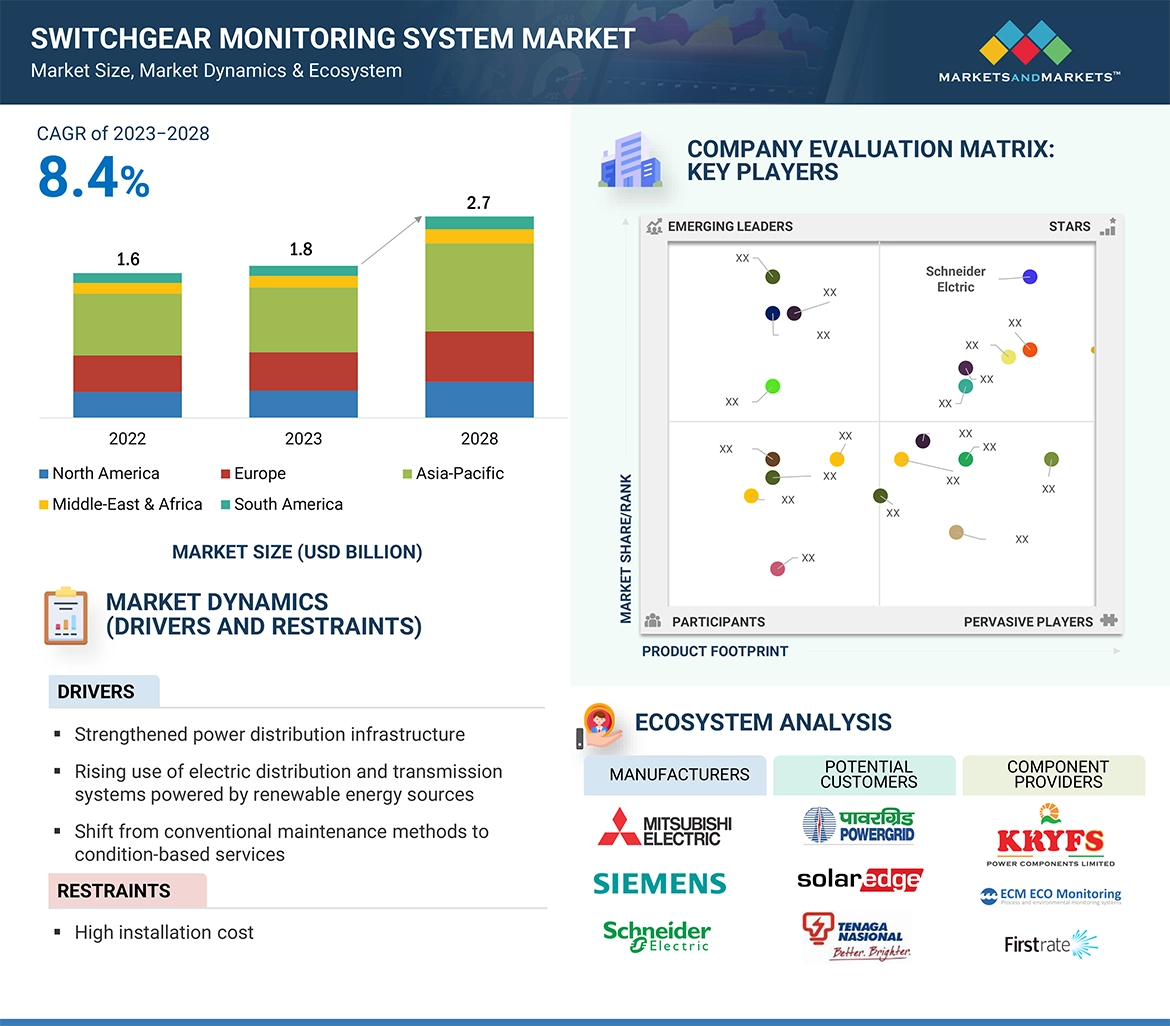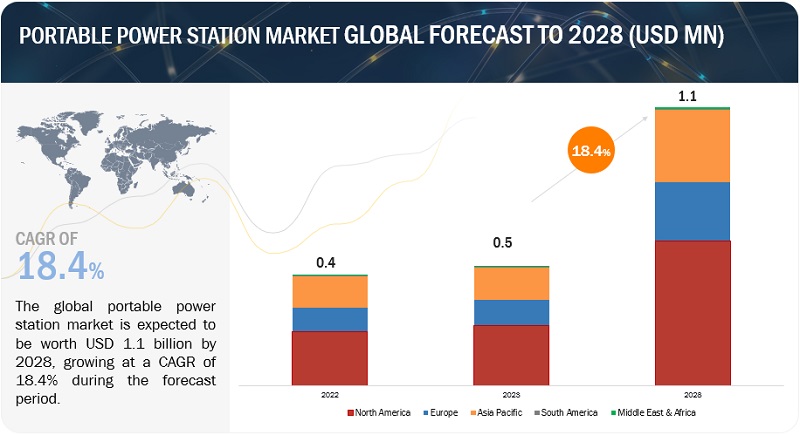The global Coring Market is projected to grow from estimated USD 489.3 million in 2024 to USD 688.7 million by 2029, at a CAGR of 7.1% during the forecast period. The market is driven by the growing need for precise subsurface data to support resource extraction and environmental assessments. Technological advancements in coring methods, such as non-invasive techniques and enhanced recovery tools, have increased the efficiency of drilling operations. Furthermore, rising investments in critical sectors like renewable energy, particularly geothermal and hydrogen storage, are expanding the market. Additionally, the expansion of infrastructure in developing economies, along with increasing demand for raw materials and energy resources, strengthens the need for advanced coring solutions.
Download PDF Brochure: https://www.marketsandmarkets.com/pdfdownloadNew.asp?id=244289340
By Wireline Coring Technology
The wireline coring segment is expected to be the fastest-growing due to its ability to offer efficient and cost-effective sampling for deep or challenging formations. Wireline coring technology allows for precise core retrieval without the need for a full drill string, reducing operational downtime and improving overall productivity. Its application in complex geological formations, offshore drilling, and unconventional resource exploration is driving the demand. Additionally, wireline coring offers minimal environmental impact, making it ideal for projects with strict regulatory requirements. As exploration and production activities expand, the segment’s growth is further supported by technological advancements.
By Well Type
The exploration well segment is expected to grow at the highest rate due to the increasing demand for new resource discoveries and geological insights in unexplored regions. Exploration wells are crucial for identifying and assessing potential reserves, driving the need for accurate core sampling to guide decision-making. As energy companies focus on finding new oil, gas, and mineral deposits, advanced coring technologies are essential for obtaining high-quality subsurface data. Additionally, growing investments in offshore and remote exploration projects, combined with rising global energy demand, are further fueling the growth of the exploration well segment.
Middle East is projected to be the fastest-growing Coring Market.
The Middle East region is expected to be the fastest-growing Coring Market Share due to increasing exploration and production activities in the oil, gas, and mineral sectors. Countries such as Saudi Arabia, UAE, and Kuwait are experiencing significant investments in oil and gas exploration, driving the need for advanced coring technologies. Additionally, the growing demand for energy and natural resources in emerging economies is fueling the expansion of mining and geothermal projects. With the region’s potential for untapped reserves, the adoption of advanced coring solutions for exploration, environmental assessments, and infrastructure development is expected to accelerate rapidly, further boosting the market growth.
Request Sample Pages: https://www.marketsandmarkets.com/requestsampleNew.asp?id=244289340
Key Players
Some of the major players in the Coring Industry are SLB (US), Halliburton (US), Baker Hughes (US), NOV (US), Deep Industries Limited (India), Geotek Limited (UK), US Coring LLC (US), and Reservoir Group (US). The major strategies adopted by these players include acquisitions, sales contracts, product launches, agreements, alliances, partnerships, and expansions.
SLB
SLB offers products, services, technologies, information solutions, and integrated project management solutions to the global oil & gas industry. Its primary business activities include research & engineering, manufacturing, operations, maintenance, and resource planning. The company conducts its operations through four business segments: digital & integration, reservoir performance, well construction, and production systems. The company offers coring services through the reservoir performance segment.
Throughout its history, SLB has developed advanced tools for reservoir characterization, including imaging and production logging tools that integrate with other technologies to enhance understanding of reservoirs. Notable innovations include the Scanner 3D tools and the Quicksilver Probe for rapid fluid sampling. SLB has a geographical presence across North America, Latin America, Europe/Africa/the Commonwealth of Independent States (CIS), the Middle East, and Asia. The company has been involved in more than 100 CO2 storage projects globally. The company has executive offices in Paris (France), Houston (US), London (UK), and The Hague (Netherlands).
Halliburton
Halliburton is one of the leading service providers and product suppliers for the energy industry, related to oil & natural gas exploration, development, and production. The company operates through two business divisions: completion & production and drilling & evaluation. It offers coring services through the drilling & evaluation segment.
Drilling and evaluation provide field and reservoir modeling, drilling, fluids, evaluation, and precise wellbore placement solutions that enable customers to model, measure, drill, and optimize their well construction activities. In addition, coring equipment and services are provided to extract formation cores for evaluating rock properties.
The company operates in more than 80 countries globally and has a geographic presence in regions such as North America, South America, Europe/Africa/the Commonwealth of Independent States (CIS), and the Middle East/Asia. Halliburton has significant manufacturing and corporate facilities in India, the US, Saudi Arabia, the UAE, Malaysia, the UK, Russia, Panama, Singapore, and Norway. The primary technology centers, R&D laboratories, and corporate offices of the drilling & evaluation segment are located in Alvarado (US), Nisku (Canada), and the Woodlands (US).
For more information, Inquire Now!
Baker Hughes
Baker Hughes is one of the leading US-based providers of systems, products, and oilfield-related services across the oil & gas value chain. The company primarily operates through two business segments: oilfield services & equipment and industrial & energy technology. The company offers coring services through the oilfield services & equipment segments. The OFSE segment designs and manufactures products and provides related services for onshore and offshore oilfield operations across the lifecycle of an asset, ranging from exploration, appraisal, and development to production, rejuvenation, and decommissioning.
Baker Hughes conducts operations through affiliates, subsidiaries, alliances, and ventures and has operations in more than 120 countries globally with a regional presence for oilfield services & equipment segments in North America, Latin America, Europe/CIS/Sub-Saharan Africa, and the Middle East/Asia.











